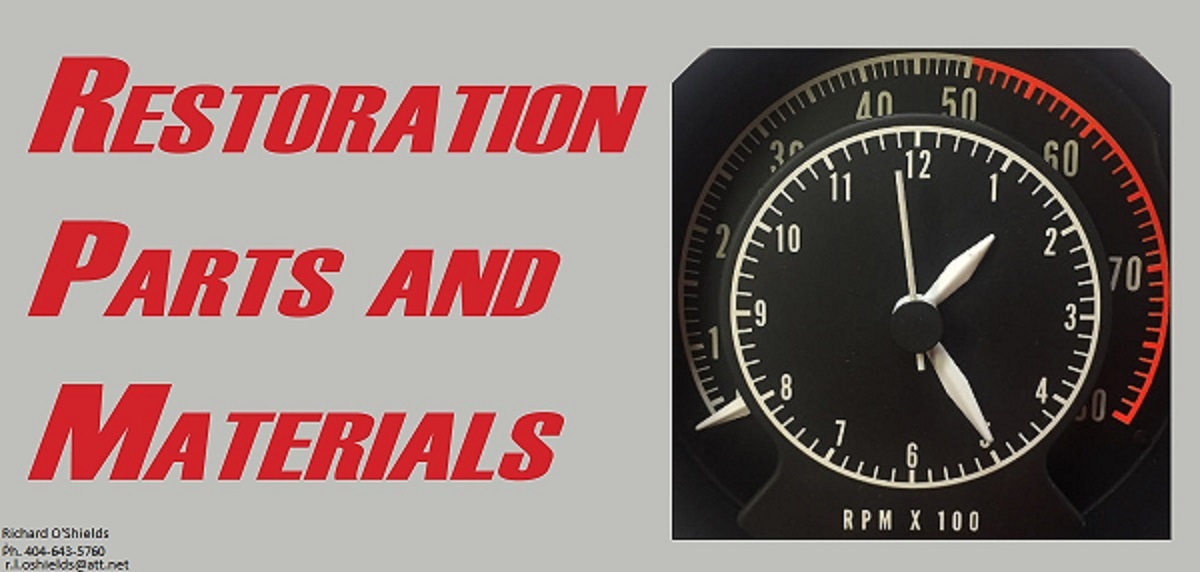Rosco
Active Member
wow, super info!! Sounds like 20 psi is the benchmark. Yes, I agree, the most suited component in the system for withstanding 16psi will be the new aluminum radiator. I am on board with starting with lower pressure and working my way up. If we're not overheating then done. It'll be interesting to see how the temperature changes with driving conditions due to the new gauge. I'm pretty hopeful that the new radiator and high-flow water pump (I sprung for a 'FlowKooler' model) will handle the temps. I am in southern Baja and mostly during the winter so we don't really see too hot of temps. But I have overheated in the past and want to put that issue to bed and not be fighting it,hence the new parts.I started my work carreer for the company named Blactsone Corp. with Chrysler as its major customer, for decades.
To test units before shipment we typically tested at 20 psi air under water. Anything bigger than a champange bubble was a no go.
As others said well - will it take 16 psi ?...all depends on condition of the other items in the system.
Copper Brass Radiators use - Tin /lead solder and the solder corrodes. For heater cores - The type of tube used is folded - and the edges soldered. The machines that facedipped the cores in solder - we called the "big bertha" machines. Prior to 1986 they where all made in Jamestown, NY. After that in Mexico.
Aluminum rads - in aftermarket typically use welded tubes. These can withstand significant pressure. Hence the manufactures claims.
The higher pressure cap - will push the boiling point higher. Radiator systems typically have gone up in pressure, to gain in heat transfer performance.
I would start with the lower pressure cap and work up.
Coolant - use premixed coolant. I have spent 900 days in Mexico the last 5 years (Saltillo) ....I trust a what comes out of a bottle, not the municipal system.
Ideally - with an aluminum radiator, you would want an aluminum heater core. A mixed system (Alum rad and copper/brass heater core) a galvanic reaction could be set up in the coolant. Some risk .....but lots of folks have done this, without an issue.
I did also buy a "consumable anode" from the radiator company which screws in where the petcock valve is. My local mechanic thought that aluminum radiators are fine but that I should change the coolant every two years or according to what it says on the bottle and he mentioned that with the cast iron block and aluminum radiator that "I was creating a battery". I don't know how the galvanic reaction takes place or why but hopefully the anode will help mitigate the effects.

















